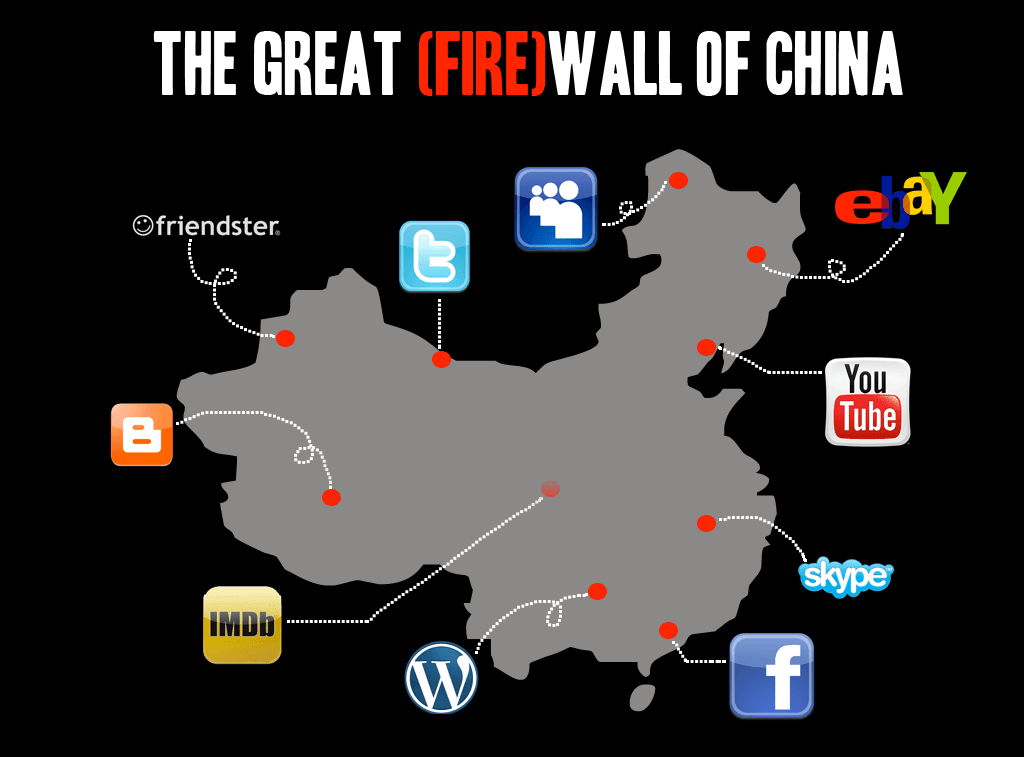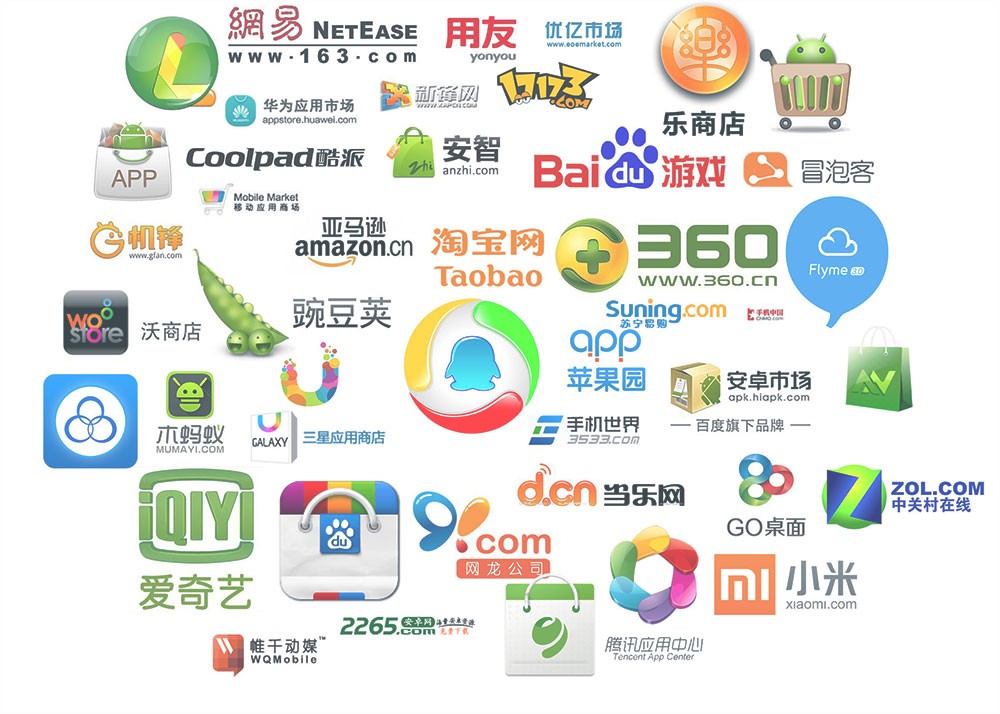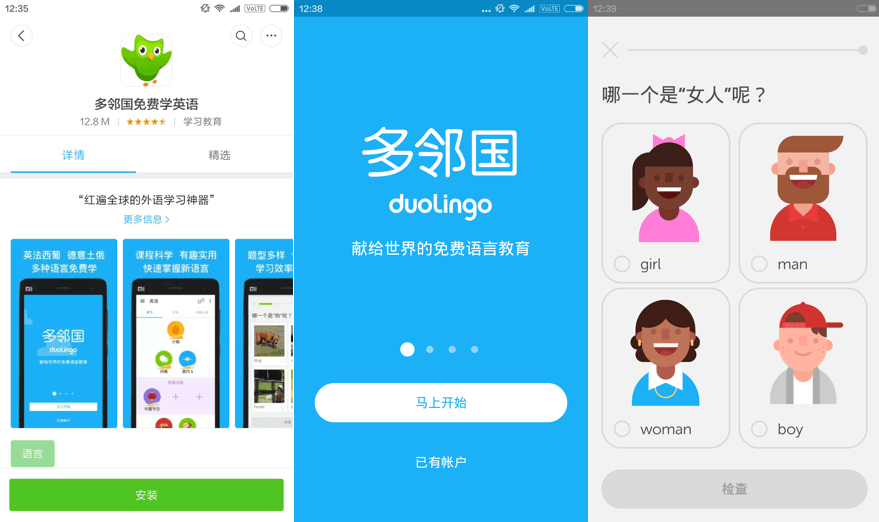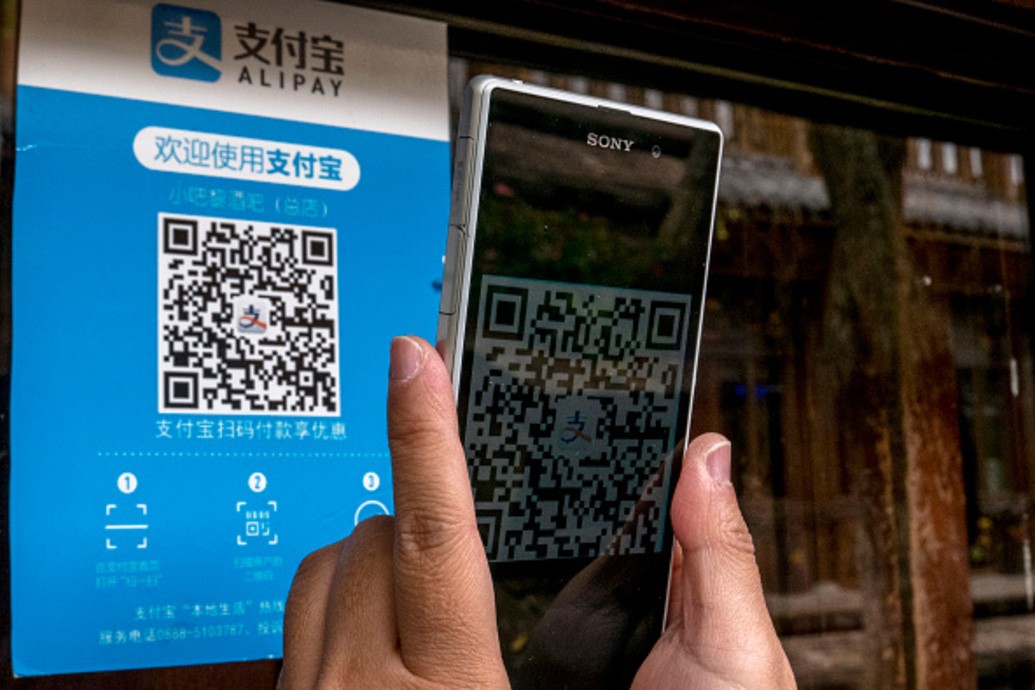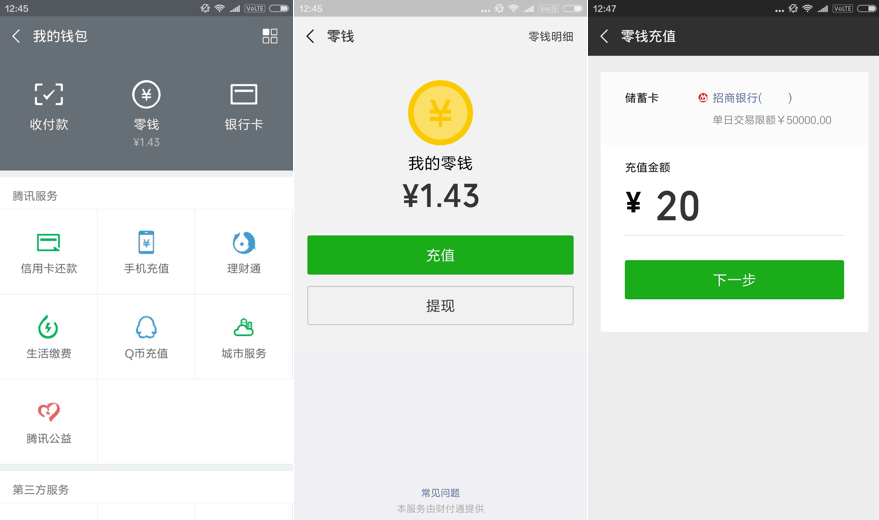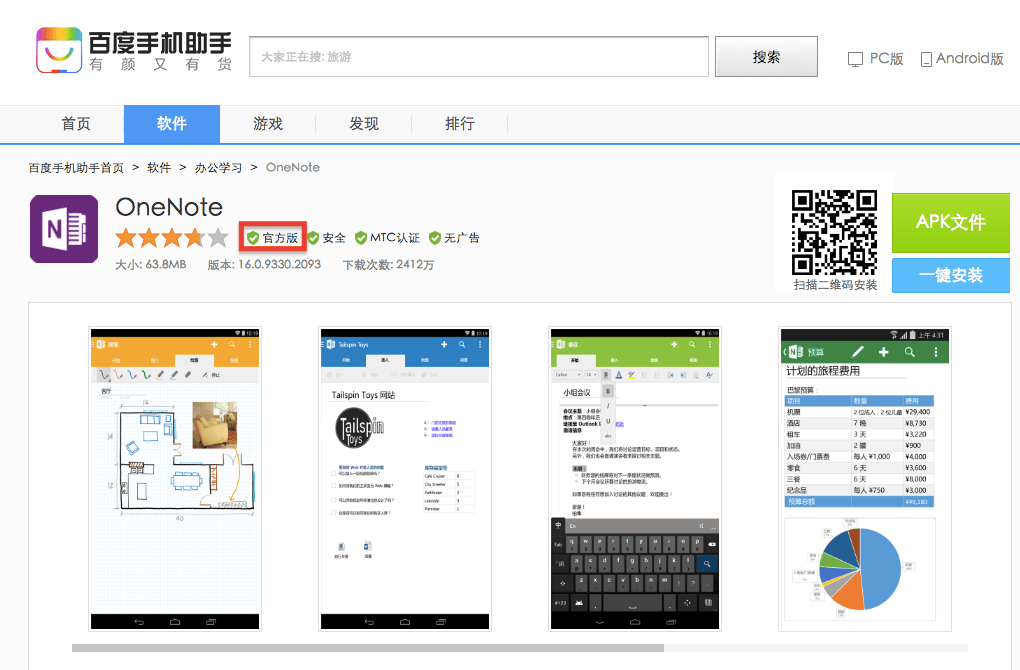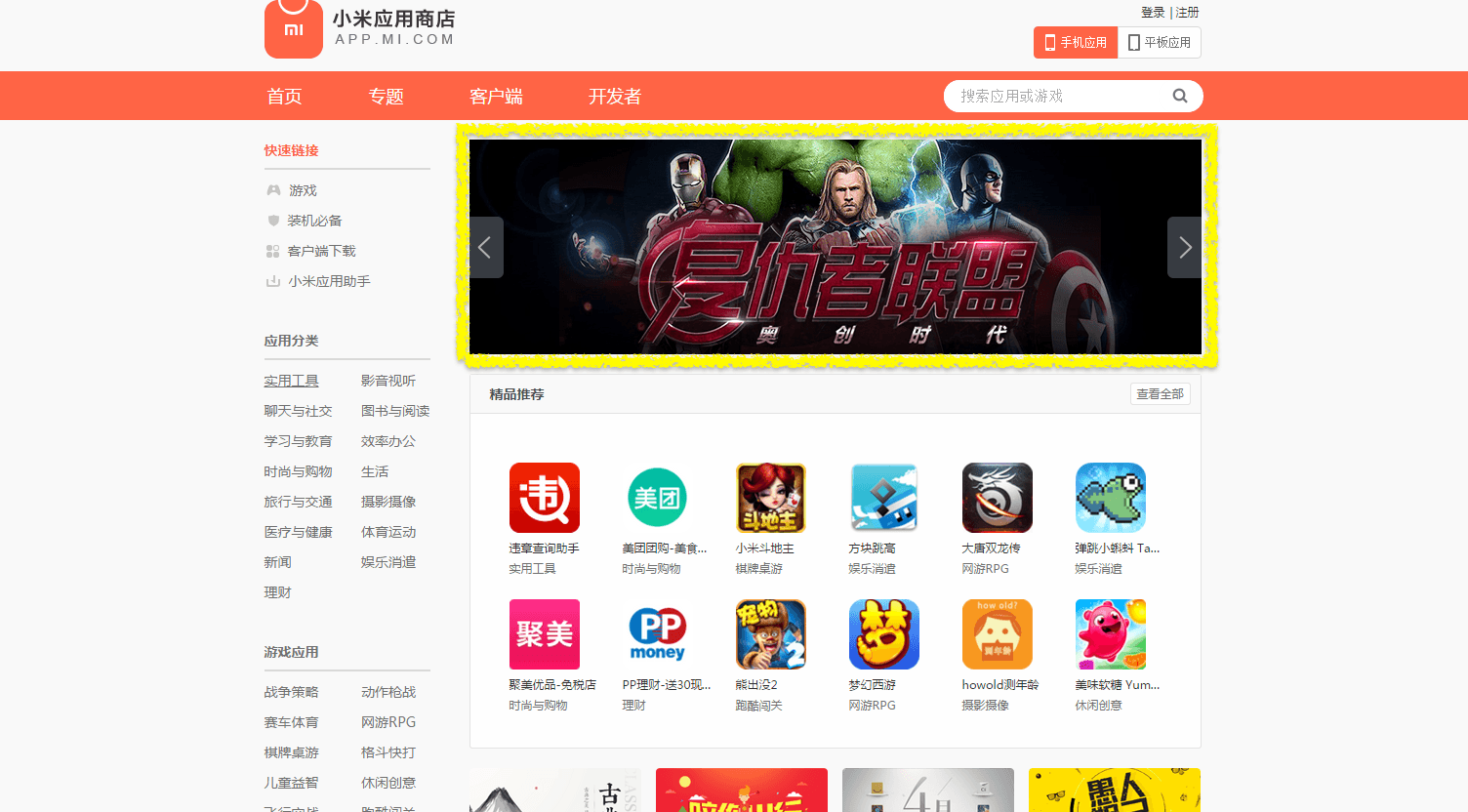The Ultimate Guide to Succeeding in the Chinese App Market

For foreign app companies, expanding into the Chinese app market is a polarizing topic. People fall on two opposite sides of an extreme spectrum. One side points to China’s huge market potential and believes that entering China will allow you to automatically generate income without exerting much effort – while the other side emphasizes that there are too many barriers to entry and security/IP concerns, and dismisses the idea altogether.
The truth is that succeeding in the Chinese app market is definitely possible, but it’s far from straightforward. This guide will break down the entire expansion process from pre-entry research to post-entry monetization, highlighting the key factors along the way.
Research: China Entrance Strategy
The Chinese internet ecosystem is the most complex in the world and the mobile segment of the market is no different. So carrying out extensive research before starting app localization is essential.
Market Potential
According to a report published by China Internet Network Information Center (CNNIC), the country’s internet user base now stands at around 772 million, 97% of whom are smartphone users.
Meanwhile, AppAnnie measured that China now accounts for half of all consumer spending on mobile, driving the global market to a record $380 billion this year (2020). China is also among the fastest-growing markets in terms of time spent on a mobile device. Revenue generated by apps in China have reached approximately USD 40.4 billion, as the shift from desktop/laptop to mobile devices in smaller second and third-tier cities continues.
As for China, its late development caused it to largely leapfrog over the desktop/laptop era to become arguable the world’s first “mobile first” country. Nowadays, Chinese use their phones for everything from mobile payments to games to social media, at a scale and rate of adoption surpassing the rest of the world’s markets.
Great Firewall
Just like other prominent foreign websites and apps such as Facebook, Twitter and YouTube, Google had most of its services, including Google Play, blocked by “The Great Firewall of China” back in 2010. Although Chinese smartphone users can still technically access the Play Store via a VPN, only a very small percentage of users actually do so.
Fragmented Market
As a result of Google Play being blocked, China’s largest tech companies created their own stores to fill the void in the market. There are now more than 400 third-party app stores in China, with local tech powerhouses (Tencent, Alibaba, Qihoo, Baidu), smartphone suppliers (Huawei, Xiaomi, Oppo/Vivo) and mobile network providers (China Mobile, China Unicom, China Telecom) holding over 80% Android app market share in China.
Store Regulations
At the moment, all foreign app companies must either have a Chinese entity or use an authorized local distributor to publish apps or games. Additionally, all of the major app stores require a Chinese Software Copyright Certificate, and if the app’s data is being hosted on Chinese servers, then stores will request either an ICP recordal license (for public content) or a full ICP license (for e-commerce and other commercial activity). Industry-specific documentation will also be requested to complete distribution depending on the app type (travel, finance, health etc.).
Games are even more restricted, as a separate game license (ISBN/GRN) is required. This involves an extensive content review and can take at least 6 months to acquire. Only domestic companies are allowed to receive a game license, making it necessary for overseas publishers to partner with a local company for distribution. But this fast-growing category can’t be ignored, as it is expected to hit $41.5 billion and 767 players by 2023.
Localization: China-Specific Modification
In China, the culture, language, and mobile user habits differ from the rest of the world. This unique climate means that simple translation won’t suffice, and more complex UI and other redesign is often required.
Performance Testing
Since popular services such as Firebase, Facebook Analytics and Google Services aren’t fully functional in China, testing a foreign app’s performance in Mainland China on Chinese devices is vital, and can save an app or game company a lot of redevelopment time and resources. To ensure an app has complete functionality, we recommend testing across multiple devices, networks, and locations.
Content Adaptation
To increase the chances of receiving a high ranking on app and game store categories and increase the likelihood of being found by Chinese users, it’s vital that all app or game content is localized to fit the Chinese market. This means not only translating the app name, description and in-app content into Simplified Chinese, but also adjusting word choice and incorporating modern internet language and slang.
QR-Code Implementation
QR-codes are hugely popular in China and used for multiple purposes, such as login authentication, mobile payments, social media promotion, and link provision, on a variety of different types of apps and websites. Therefore, foreign apps should consider implementing a built-in QR-reader and incorporating ways to leverage QR codes to make certain processes more efficient. We also recommend creating a QR code that leads to your app download page, for placement on your website and printed materials and packaging.
Login SDKs
In China, there are 4 popular types of login authorization: SMS confirmation; QR code authorization; third-party authentication; and email/password login. The latter is becoming more obsolete, as few Chinese use email outside of work, preferring communication via WeChat instead. Similar to the West, the majority of apps implement third-party login authentication. However, since Facebook and Twitter are blocked in China, social account login authorization comes via WeChat, QQ and Sina Weibo, so foreign apps should consider integrating these local login SDKs.
In addition, Chinese law has recently implemented a real-name verification requirement, which has led many apps, games and platform to implement SMS verification, as phone numbers are more easily correlated to individual identities. For this reason, we recommend this as your primary authentication and verification method whenever possible.
Payment Integration
Unlike in the West, Chinese mobile users have already fully embraced the usage of e-wallets for mobile transactions, with only a very small percentage of people using credit or debit cards for digital payments. So third-party payment solutions are integrated into most Chinese apps. Any foreign app that relies on in-app purchases or subscriptions should implement the two leading payment solutions, WeChat Pay and Alipay, into their APK.
Geolocation Services
Geolocation services are widespread and used by a range of different local apps, such as social networks that allow users to meet people and participate in nearby events, and entertainment streaming apps that allow users to share consumer habits with people in their vicinity. Depending on the app type, features based on geolocation data can bring added social value to foreign apps entering the Chinese market.
Additional Suggestions
- Voice integration allows users to use voice message and voice search functionality as an alternative to using text.
- Chat interfaces offer users the opportunity to communicate directly via in-app chat instead of using stand-alone messenger apps.
- Downloadable content helps users to access in-app content without a WiFi connection, since Chinese data packages usually aren’t unlimited.
Distribution: Multi-Store Management
Apple’s App Store is available in China, although it is a special Chinese version of the app store to which you must publish separately. However, since Google Play is blocked, companies must publish and promote their apps on the major Chinese Android app stores. As there are more than 400, we recommend publishing to at least the top 10-15 app stores.
Each app or game store has its own focus and advantage. So it helps to have the advice of an expert to decide which app or game stores are most effective for your particular product.
App Reclaiming
In China, the competition between app stores has become so fierce that it’s common for foreign companies to find that their app has already been unofficially distributed on some of the local stores. This means that before an officially stamped version (“官方版”) of an app can be published, proof of ownership will need to be provided to get the unofficial versions taken down. A Software Copyright Certificate (SCC) is usually sufficient for this purpose.
App Publishing
Uploading an app or game can vary in terms of difficulty, depending on the type of app store and number of stores targeted. So the first task is to figure out which app and/or game stores to publish on. This decision is often influenced by the stores’ market coverage:
- Top 5 Stores: 60% Market Coverage
- Top 10 Stores: 80% Market Coverage
- Top 15 Stores: 90% Market Coverage
Once the desired stores have been chosen, all that’s left is to set up individual store accounts and upload the requested materials on each platform. The app will then be available for Chinese users to download from one of these platforms.
Keep in mind that, if your app has in-app payments, it may be required to incorporate the app store’s own payment SDK so that the store can take its cut (which averages about 50%). This is especially true for games. This means that you may need a slightly different version of your Android SDK for each app or game store.
App Promotion
Unlike in the West, the most effective way to promote an app in China is to buy users through user acquisition, with paid ASO (artificial user reviews and downloads) and paid app store promotion (featured spots) being the quickest and easiest methods to gain market share. Once a foreign app appears to have a large enough user base, a combination of different types of promotion, commonly social media marketing and influencer marketing, can be effectively utilized to push traffic through to the app.
Monetization: Chinese Revenue Generation
In China, most paid and subscription-based apps don’t generate revenue, as free unofficial versions are readily available. This has led to the majority of companies monetizing apps through ads and in-app purchases.
Ads
Traditionally speaking, splash ads (ads displayed before reaching the homepage of an app) and interstitial ads (ads displayed between two content pages) have always been by far and away the most popular methods of app advertising in China, with nearly all of the most prominent local apps implementing them to promote in-app purchases and other relevant products. Recently, banner ads and video ads have become increasingly common and they are now effective optional methods of advertising, especially on social networking apps. Depending on the type of app, utilizing local (AdView) or international (AdMob) ad platforms to display these ads can generate the most solid stream of income for a foreign app in China.
In-App Purchases
According to a report released by AppsFlyer, Asian mobile users spend 40% more in-app than consumers in the rest of the world. Whether it’s products, services or events, foreign apps have a great opportunity to generate income from in-app purchases in the Chinese market. Similar to the West, app companies will be charged a small percentage (between 2-3%) for every transaction made in-app.
However, this isn’t charged by the stores but by the third-party payment solutions that need to be integrated in order to receive the payments.
Following these steps and paying close attention to the idiosyncrasies of the Chinese market will give foreign app companies a chance of joining LinkedIn, Evernote, and Coursera on the ever-growing list of international companies to successfully expand in China.
I hope that this article has been useful to you. If you would like more information about any of the points mentioned above then please contact us at info@appinchina.co for more details.
